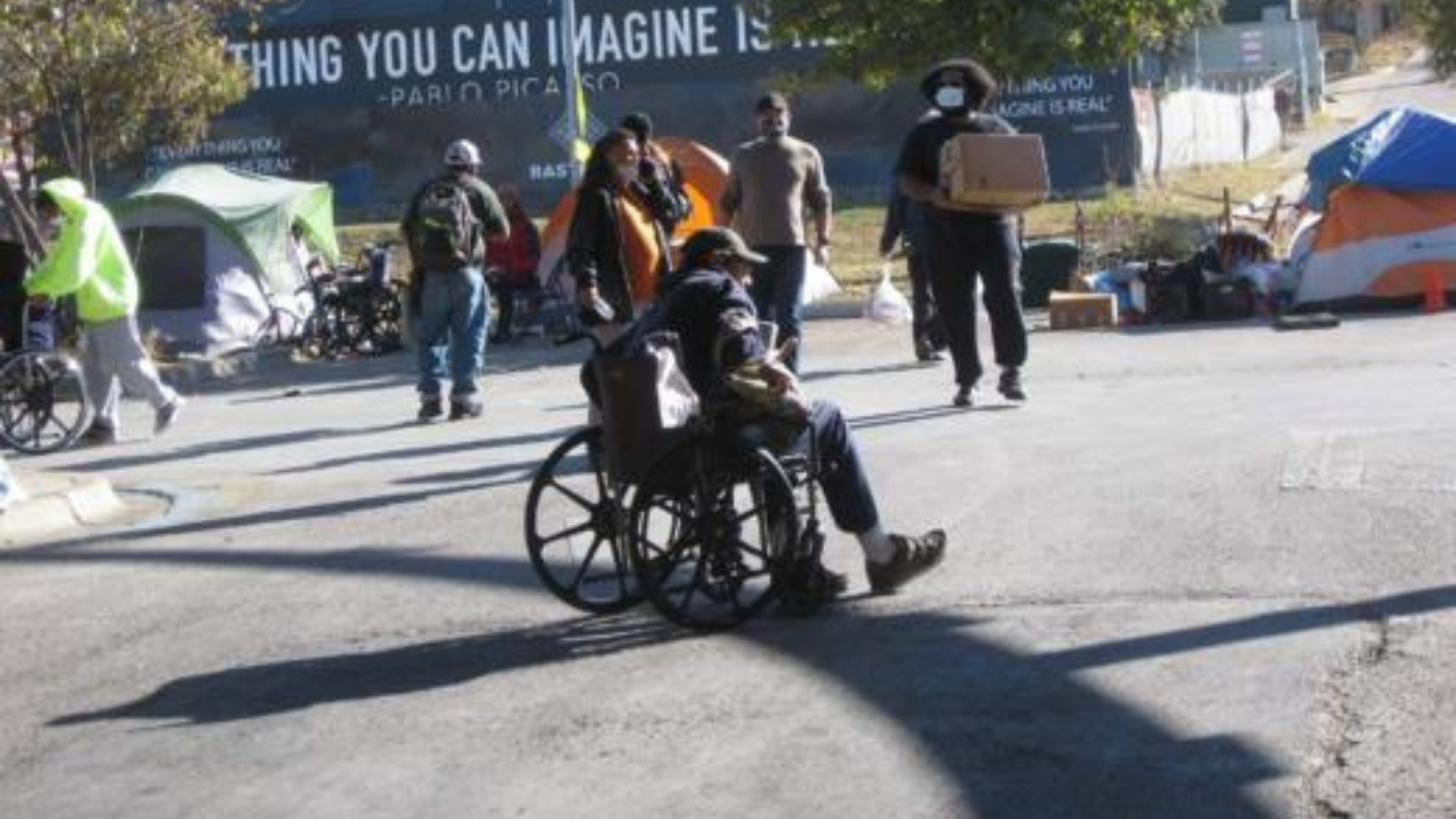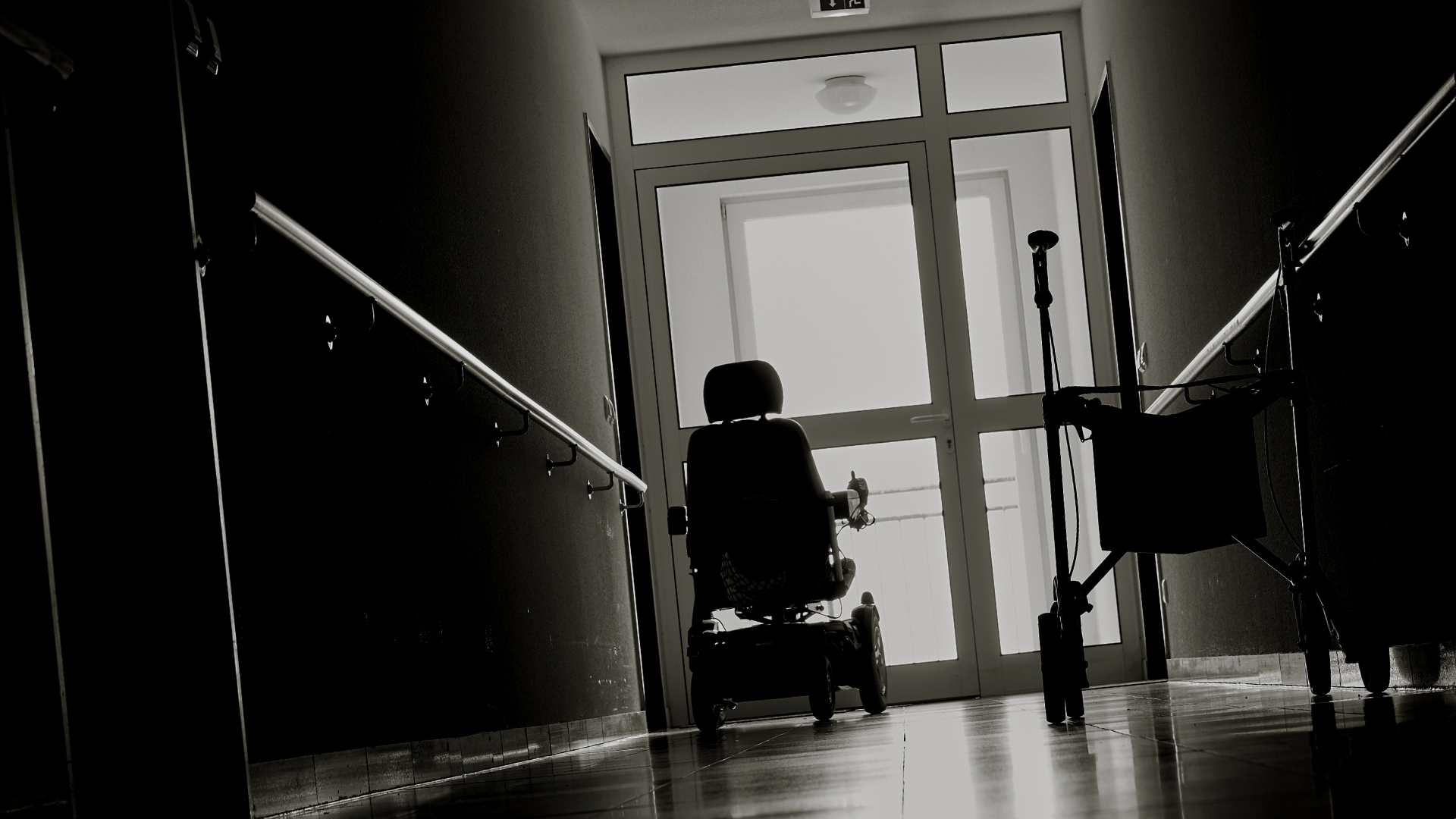
People with Disabilities Struggle in the Wake of the Blizzard
By Cassandra BrandtThey say natural disasters don’t discriminate but one would be hard pressed to investigate a hurricane, earthquake, or blizzard in which one particular demographic wasn’t disproportionately hit: the disabled community.
The freezing weather swept in on Valentine’s Day weekend and tore through multiple states. Widespread power outages and bursting pipes ensued, flooding homes and leaving residents in darkness, and without heat and running water. In the wake of the blizzard, it’s disabled Texans that are the most directly affected — for obvious reasons.
People with disabilities may be left without personal care attendants on which they rely heavily, when caregivers fear to venture into the storm. They may have no help evacuating. They may be dependent on medical equipment that needs power.
Henry, a 41-year-old man living with MS said rolling blackouts in his area left him without power for days. Like many disabled people, Henry is at risk for skin breakdown so he uses a mattress which alternates air pressure through the night.
Samantha, a quadriplegic, survived without power in Corpus Christi. “The hardest part was staying warm. The scariest part was I couldn’t use my suction machine. I can’t cough on my own so I’m very lucky I didn’t get sick.”
When the power fails, the disabled community must face a whole host of problems not experienced by the rest of the country.
In addition to electricity, access to water can be an emergency, too. An elderly couple from Austin spoke about their experience. Emily’s husband Jerry needed dialysis but the hospital simply didn’t have the water pressure.
In the U.S., people with disabilities are 2 to 4 times more likely to die or sustain a critical injury during a disaster than their non-disabled counterparts.
The intersection between disability and homelessness is a crowded one. Half of adult individuals experiencing sheltered homelessness had a disability in 2017, according to an annual report from the Department of Housing and Urban Development.

As shelters fill, there’s less room for all the disabled people who typically live on the street but have sought shelter. Many who aren’t homeless must fight financial disaster, too.
Many disabled Americans live on low incomes and simply can’t afford to do major home repairs after a disaster. Officials already say damages surpass the $125 billion from Texas’ Hurricane Harvey.
Maxine, another disabled Texan, said broken water pipes flooded her home and destroyed most of her belongings.
“I took two suitcases of my most important belongings before I evacuated and got to a safe hotel. I don’t know how I’m going to clean up my home and fix what’s been destroyed.” Maxine uses a wheelchair and has her father to help, but he’s elderly and has a bad back. Their hotel bill needs to be paid but they need groceries worse.
These existing inequities exacerbate the struggle faced by the disabled community during a disaster. They don’t have the option of just getting up and going. They often need help leaving their homes and accessing transportation to do so. Wheelchair users in particular face a shortage in or lack of accessible public transportation.
Even some skilled nursing facilities have lost power and aides have had to pile residents with blankets to keep them warm.
Some nursing homes and assisted living homes have been forced to evacuate due to power and water access.
Devon, a 56-year-old man in the Greater Houston area who lives with a spinal cord injury, said he thought he would be safer from the Covid-19 pandemic in a skilled nursing facility. But when the storm hit and the power went out, the facility had to relocate residents to facilities with backup generators. He says he forgot to wear a mask during the transfer.
“All of a sudden we had something more immediate to fear,” he mused.

Community emergency evacuation and shelter plans implemented in case of disaster often don’t do enough in response to the needs of the most vulnerable residents. The policies aren’t always inclusive. All shelters might not be accessible, for example, and there’s not always enough qualified personnel on the ground.
That’s why nonprofits working with natural disaster survivors are so needed. Federal emergency infrastructure isn’t prepared to deal with diverse needs of disabled people.
After Hurricane Katrina, the National Council on Disabilities reported: “People with disabilities, especially those living in poverty, were disproportionately left behind.”
While power has been restored to millions and the weather has returned to more normal temperatures, more than a million residents are still under orders to boil water before drinking it, and at least 40 people have lost their lives.
The devastating destruction of the winter storm has left so many people to clean up and repair their homes. For disabled people in particular, this will be no easy feat.
Cassandra Brandt is a single mom from rural Arizona. A former traveling tradeswoman, she now lives with quadriplegia and writes and advocates full time.
As of this article’s publication, FBB is within striking distance of a flex goal for our Winter Storm Disaster Relief fundraiser. We want to close this gap quick. Because while the emergency storm is over, the needs are still far from met. Unsheltered people — especially those living with disabilities — are continuing to have trouble accessing help from other sources.
Chip in if you can here.

